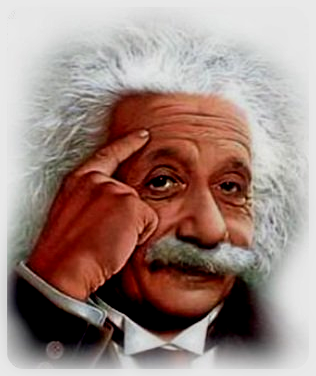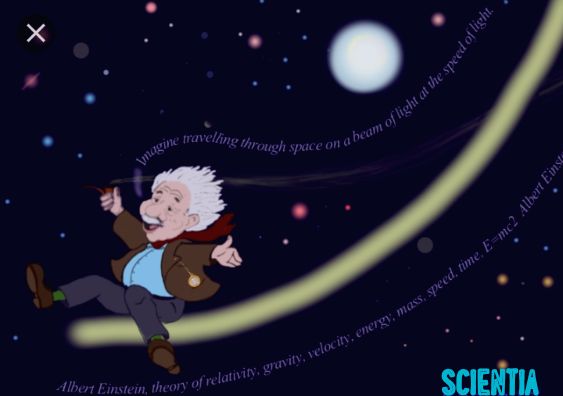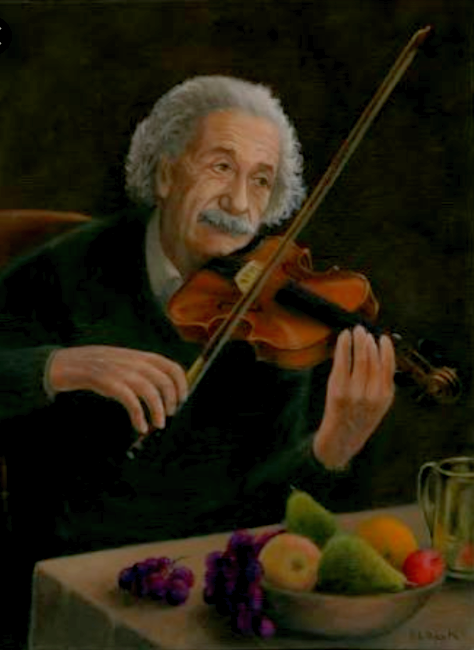Born 14 March 1874 – Death 18 April 1955
With a gleaming pair of eyes, razor-sharp IQ, electrified hairs, a mere by-product of his goals. Yeah, that’s Einstein who had a fancy for this mind-bogglingly vast universe.

Einstein was a noble laureate based in Germany who revolutionized the field of modern physics and is deemed one of the greatest minds of all time specifically for his work on Relativity, mass-energy equivalence, and photo-electric effect. He kicked off his career as a patent clerk and gradually
Einstein grew up in a Jewish family, his father Hermann Einstein was an engineer and sale man by profession and run a Munich-based company who dealt with electronics pieces of equipment. While her mother is a housewife love to cook, bake and knit. Einstein had been a problem child for his family, initially, he took too long to speak properly and finally when he started uttering, words came to his mouth too slowly and he used to repeat them over and over. He had a strange habit of talking with himself all through his life and people who were unable to recognize his except-ional skills thought him a weirdo. In school, he was too slow to answer his teachers and they assumed him as a lower than average student. Due to his teacher’s negligence and harsh attitude he rarely went to school. Einstein marveled at his first scientific experience, like how is fathers com-pass always pointed north. He struggled with the harsh rules and
Instead, he used to question his teachers as an attempt to go into the depths of scientific details and since his mathematics teacher was unable to carry off his yearning desire, at the age of twelve he started stretching his head in pure geometrical problems and wrote his first scientific paper when he was only of sixteen. The ordeal was so bad that he lost interest in science for a whole year.

Einstein was willing to start a career in physics but he ended up in an office clerk job in Switzerland which had nothing to do with science. However, that job happened to be the right opportunity to ring about his financial needs and keep on his work on physics on the sidelines. He spent the next three years on nonstop research and finally in 1905, he published his four articles that revolutionized the science of physics forever. His papers entit-led as ‘electrodynamics of moving bodies’ and ‘mass-energy
By November 1905, Einstein had done with his general theory of relativity that provided a more accurate prediction of celestial objects. He modified Newton’s laws but kept Maxwell’s equations in the pure form and explained how gravitation force worked. Later in 1919, Sir Arther Eddington and British astronomer Sir Frank Dyson had affirmed Einstein’s assertion dur-ing a solar eclipse. Einstein won the noble prize for physics in 1925 for his great work on the photoelectric effect.

Moreover, Einstein modified Newton’s laws to deal with the properties of light. Einstein recognition and judgment was far much sharper than other physicists of his time and he found that not only Newton’s laws of motion inconsistent with Maxwell’s theory of light but Newton’s laws of gravity were also inconsistent with special relativity, so actually they were Newton’s laws those needed to change permanently.
The geometry that was involved was much more sophisticated than usual mathematics that physicists had to deal with before, so he would have to develop the theory of curved space-time. The basic concept behind was that when a planet goes around the sun it’s not because it is attracted to the sun as Newton’s laws would have said rather the Sun has curvature in space-time and the planet is trying to find a straight line in curved space-time.
Ultimately, his intellectual achievements and discoveries made the word Einstein synonymous with ‘Genius’ and a symbol of inspiration and motiv-ation for millions of scientists, has been discussing and celebrating around the globe for more than a century. After his death, Einstein’s brain had cremated and now located at the Princeton University medical center. In 1999 a team of researchers found that Einstein’s inferior parietal lobe was fifteen percent wider than the people with normal intelligence. This area of brain processes 3D visualization, mathematical concepts, and spatial relationships and its wider size showed that’s why Einstein’s IQ was greater.
Einstein’s work builds one of the two basic pillars of modern physics. Though He is best known for his work on the general theory of relativity But Einstein made other important contributions in the field of Quantum physics and philosophy of science. He published hundreds of books and articles, wrote more than 300 scientific and 150 non-scientific papers on the topics such as Einstein’s lesser-known-work, Einstein’s refrigeration, gravit-ational lensing, Tachometer, Bose-Einstein condensate, grand unified theory and photo-electric effect, which was a pivotal step in the development of Quantum theory.
Now after more than a hundred years of his birth one can observe the evidence of Einstein’s legacy everywhere. From nuclear power to commun-ication satellites his theories have been ruling out the world of science and technology. In the meanwhile, the researchers worked on his light theories and develop lasers those are widely in use in medical, industries, and even in the construction of bridges and tunnels. His law of photoelectric effect helped engineers and they were able to power up communication and weather satellites in orbits with solar cells, merely a by-product of Einstein’s photoelectrons. And now in the 21st century, with the help of ultrasensitive Einstein’s masors, scientists are exploring the new frontier of space and a couple of years ago detected Einstein’s gravitational waves.
Though he died on April 18th, 1955 and his ashes were scattered on an unknown place but the byproducts of his brain are alive and our compan-ions in everyday life. Those insights are the very tool sufficient to quench our thirst of search and to explore the new bounds of the future.
